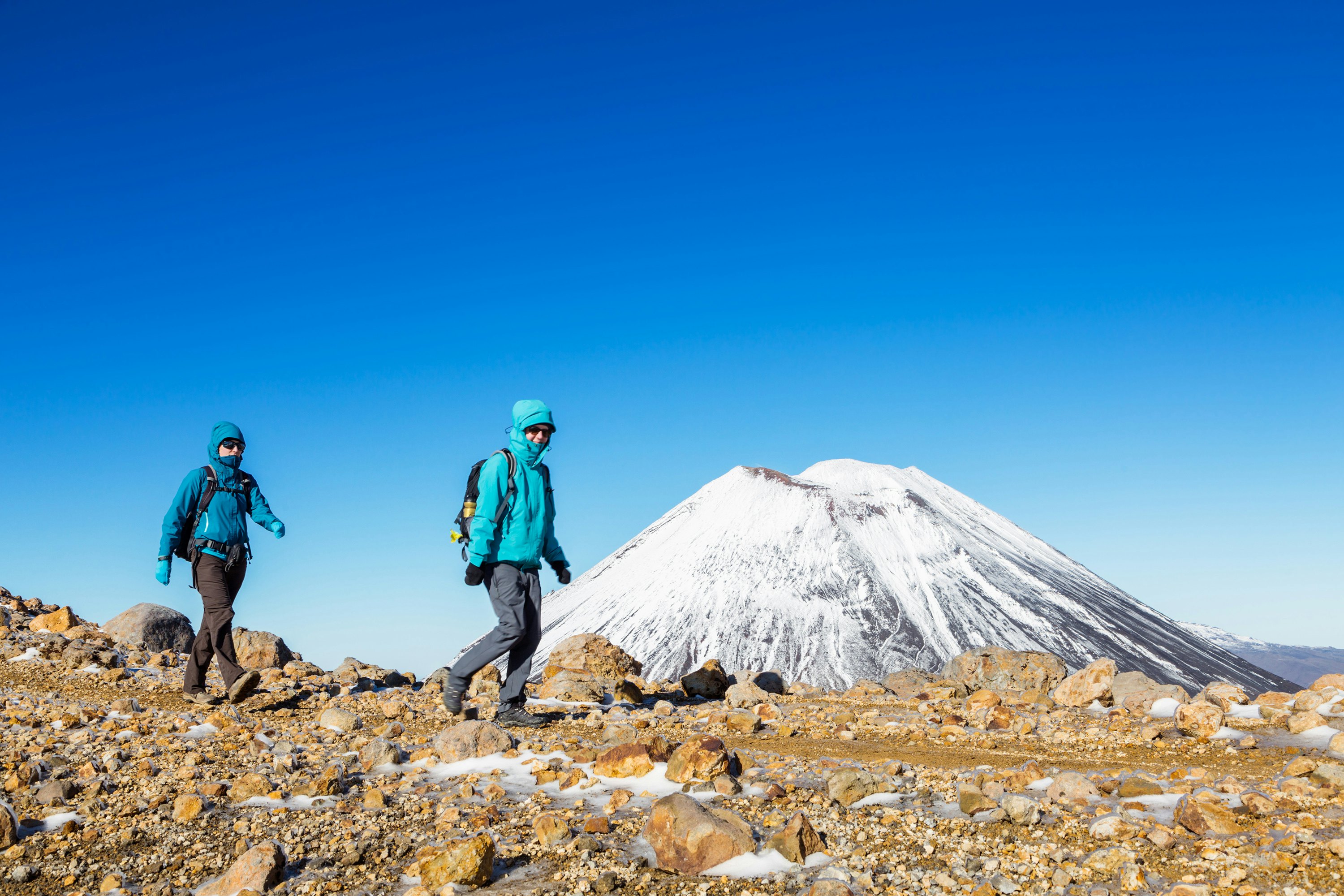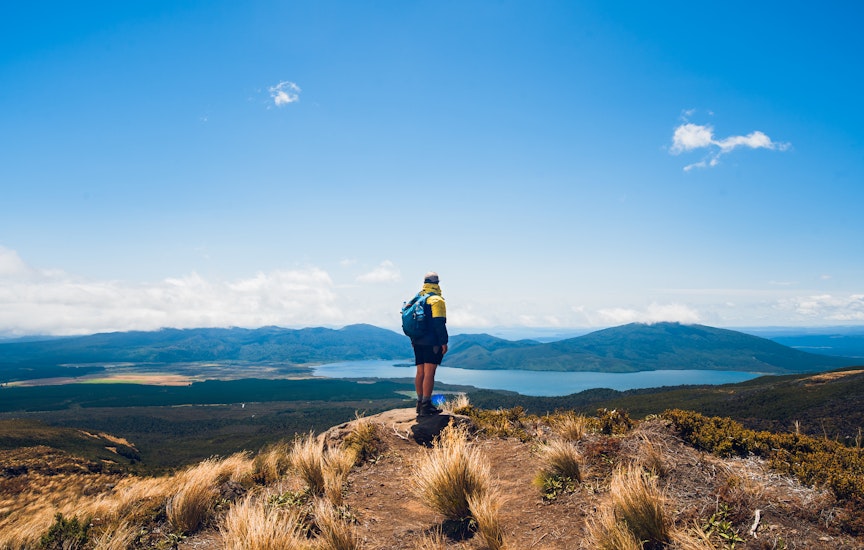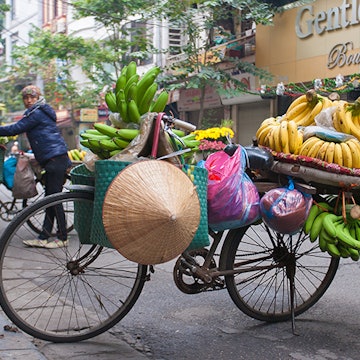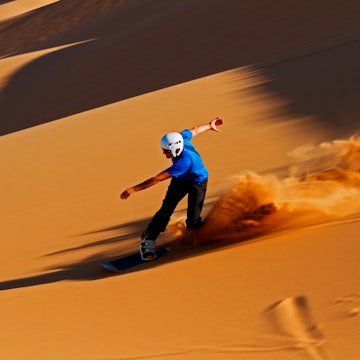

There are few places on Earth as diverse as New Zealand, both in its landscapes and in the possibilities of what to do in those landscapes. It's quite feasible to be kayaking in translucent ocean one day, standing atop alpine summits the next, and bouncing on the end of a bungee cord somewhere in between.
The abundance of adventures produces another challenge in itself – what to pack? Each different activity demands some tweaking of gear, so here's a guide to the essentials of kitting yourself out for that next Kiwi adventure.

On the trail
Weather moves fast and often furiously across narrow New Zealand, making layering the key to comfort. A base layer of a Merino or polypropylene thermal top (and maybe bottoms if you're heading to alpine country) is the foundation, and there should be a mid-layer, preferably a fleece or softshell jacket. The outer layer needs to be a breathable and waterproof rain jacket.
New Zealand tramping tends to err on the mountainous side, be it among the snow-tipped Southern Alps or the volcanoes of Tongariro National Park, which generally means cold nights, so prepare ahead by packing a down jacket, gloves and a warm hat. For many walkers, hiking shoes have usurped boots, but the predominance of mountain hikes in New Zealand means that the country contains some of the most rugged hiking terrain in the world. Across scree and boulders, boots will be preferable. If you plan to stick to coastal walks such as the Abel Tasman Coast Track or Cape Brett Track, good-quality hiking shoes should suffice.
Tramping's great essential is a backpack. If you're planning to stay in huts, of which there are almost 1000 in New Zealand, a 50L to 60L pack should be large enough, but if you're going to be camping, you'll probably need to stretch to a 70L or larger pack. For day walks, a 22L to 35L daypack should be sufficient. Be sure to add some waterproofing to the pack – many come with built-in rain covers, but otherwise the best bet is to line the pack with a dry bag, which can come in sizes up to 90L.
On popular tramps, such as the Milford and Routeburn Tracks, huts typically contain gas cookers, eliminating the need to carry a stove, but on other overnight hikes you may need a stove and cooking pots. The Department of Conservation website lists every hut and its facilities, so check ahead.

Snow cover
When winter powders New Zealand's mountains, hiking boots get replaced by ski boots. The basic principles for packing to stay warm in the snow are the same as those for hiking – get layered. Wear Merino or polypro thermals against the skin then a fleece or softshell jacket as your mid-layer. The most essential item of all is a windproof and waterproof outer layer – ideally a good ski jacket and ski pants – because nothing will dampen a good day on the slopes quite like, well, getting damp.
The cold tends to hit your extremities first – feet, hands, head – so invest in quality thick socks, insulated gloves and a warm hat. Wearing a pair of thin liner gloves under your snow gloves provides an extra layer of warmth. Pocket hand warmers, which you simply flex to create heat, are another good option for an instant shot of heat to keep fingers and hands mobile. A buff will provide warmth around the neck.
Snow goggles or sunglasses are a must in the snow, and if you plan to spend hours out on the slopes, carry a small day pack – 20L to 30L – in which you can pack away layers as needed and carry snacks and sunscreen.

Re(cycled) gear
New Zealand is a cycling dream, with a network of 22 routes known as the New Zealand Cycle Trail now stretching for 2500km across the country. Most of the routes can have you in the saddle for a few days, making comfort paramount.
A pair of cycling knicks (padded shorts) are a must if you want to be thinking about scenery more than saddle soreness. If you're going to be spending time sightseeing as well as cycling during the day – or just feel coy about the Lycra look – a good compromise is a pair of 'shy shorts', or double shorts, which look like an ordinary pair of shorts but have a padded pair of knicks attached inside.
A pair of padded cycling gloves will ease the burden on your hands (and protect them from the sun), and the potential of cold New Zealand mornings – especially if you're cycling on the South Island – make cycling arm and leg warmers a good investment. These can easily be pulled on and off as the day and your body warms or cools.
Cycling shirts should be made of breathable, wicking material that dries quickly. Sitting on a bike for hours can expose you to plenty of sun, so consider packing a few long-sleeved shirts as protection for your arms while cycling.
Heavy-duty hiking-style rain jackets are likely to feel bulky and restrictive on a bike, so carry a lightweight rain jacket that's also breathable, or even a softshell jacket that combines warmth and wind-stopping qualities with water resistance. In a region like the West Coast, however, the potential for solid downpours makes a dedicated rain jacket a necessity.

Paddle packing
How you pack for a kayak trip will largely depend on where you're paddling – kayaking around icebergs in Tasman Lake is a very different beast to paddling in the bright, sunlit ocean of Abel Tasman National Park, but water and the expectation of getting wet is the common denominator.
Quick-drying shorts and shirts will provide the most comfort, while the lack of sun protection on the water makes a wide-brimmed hat and long sleeves the smartest approach. Cycling or kayaking gloves can negate the prospect of blisters. Wet feet are inevitable as you climb in and out of the kayak. Wetsuit booties make for excellent kayaking footwear, but equally good (and more versatile) are outdoors sandals, which dry quickly and double as land shoes in camp or if you're combining the kayaking with a bit of walking.
One with the lot
If you're coming to New Zealand with a varied list of adventures in mind, versatility is key in your suitcase. Pack so that you can layer in any circumstance – a night in the mountains, a day on water, a morning on the ski slopes. Merino thermals are the Swiss army knife of dressing for the outdoors, providing multiple options, while you should bring a breathable waterproof and windproof rain jacket that'll cope with the worst conditions – it's better to be overprotected than underprotected against the conditions in New Zealand's wilderness.
Versatile hiking shoes might be preferable over purposeful hiking boots if tramping is just one component of your plans, and quick-drying shorts and shirts will be your best friend on all of your adventures. Trousers with legs that zip off, converting them to shorts, can be good when you're packing with multiple active possibilities in mind.














